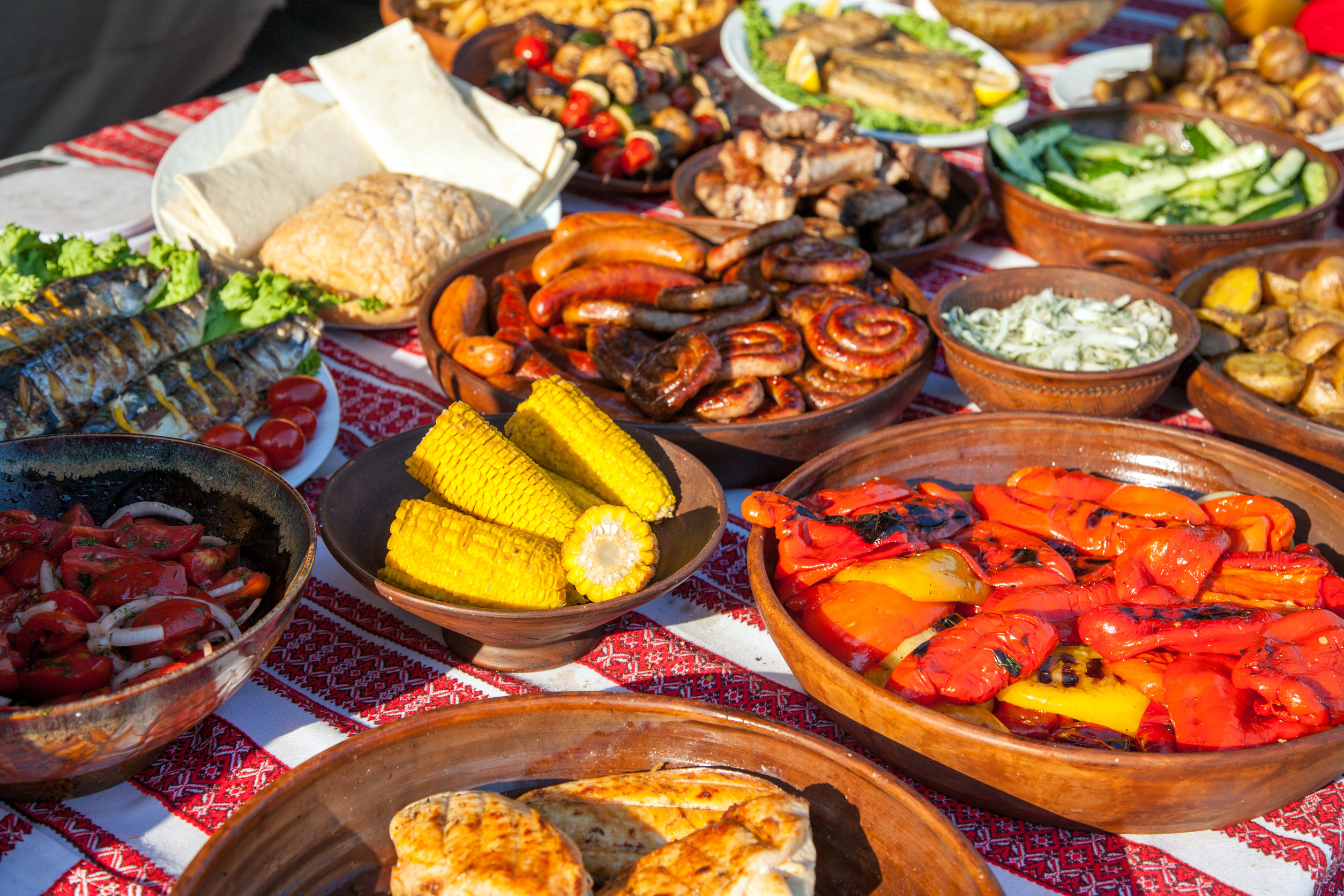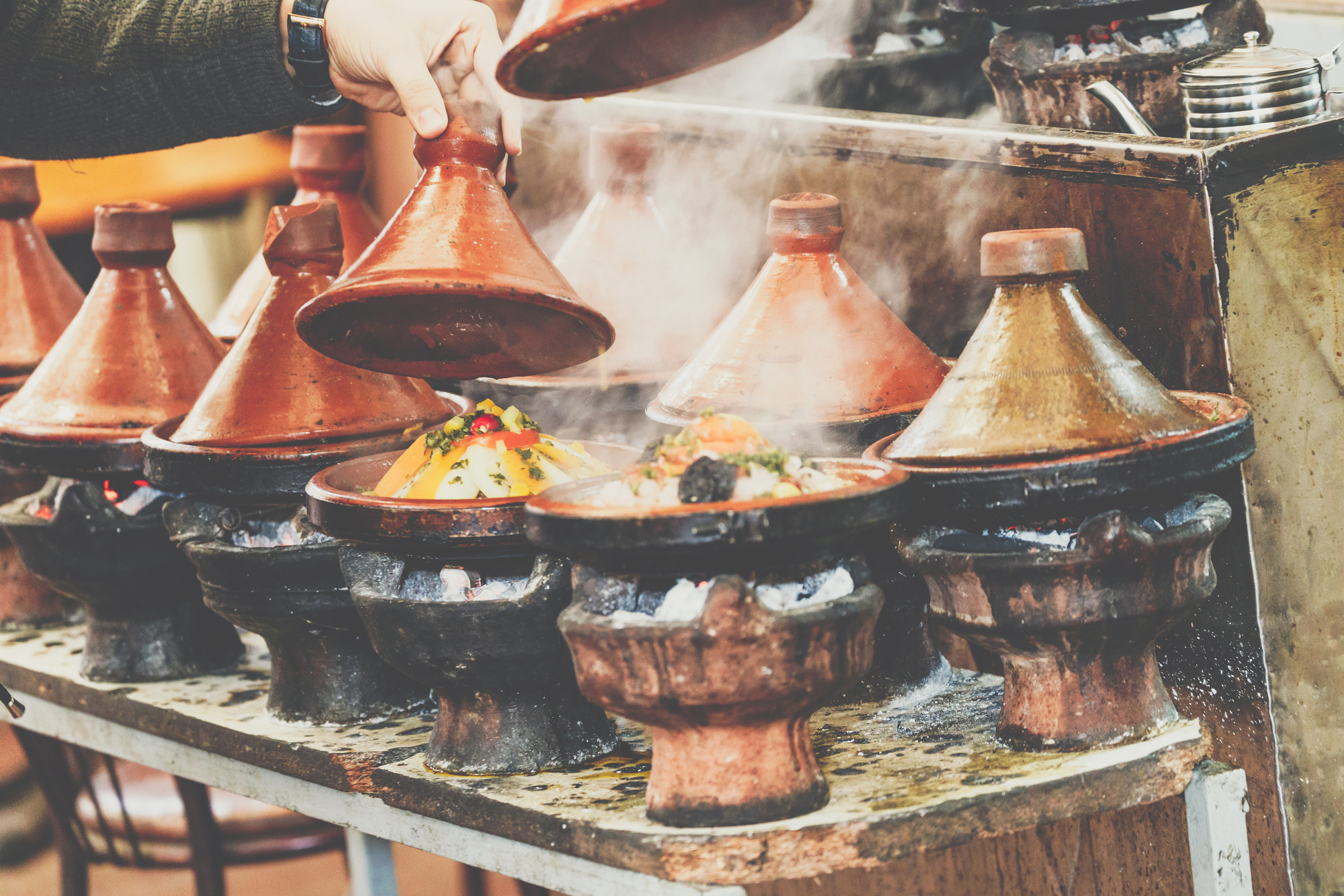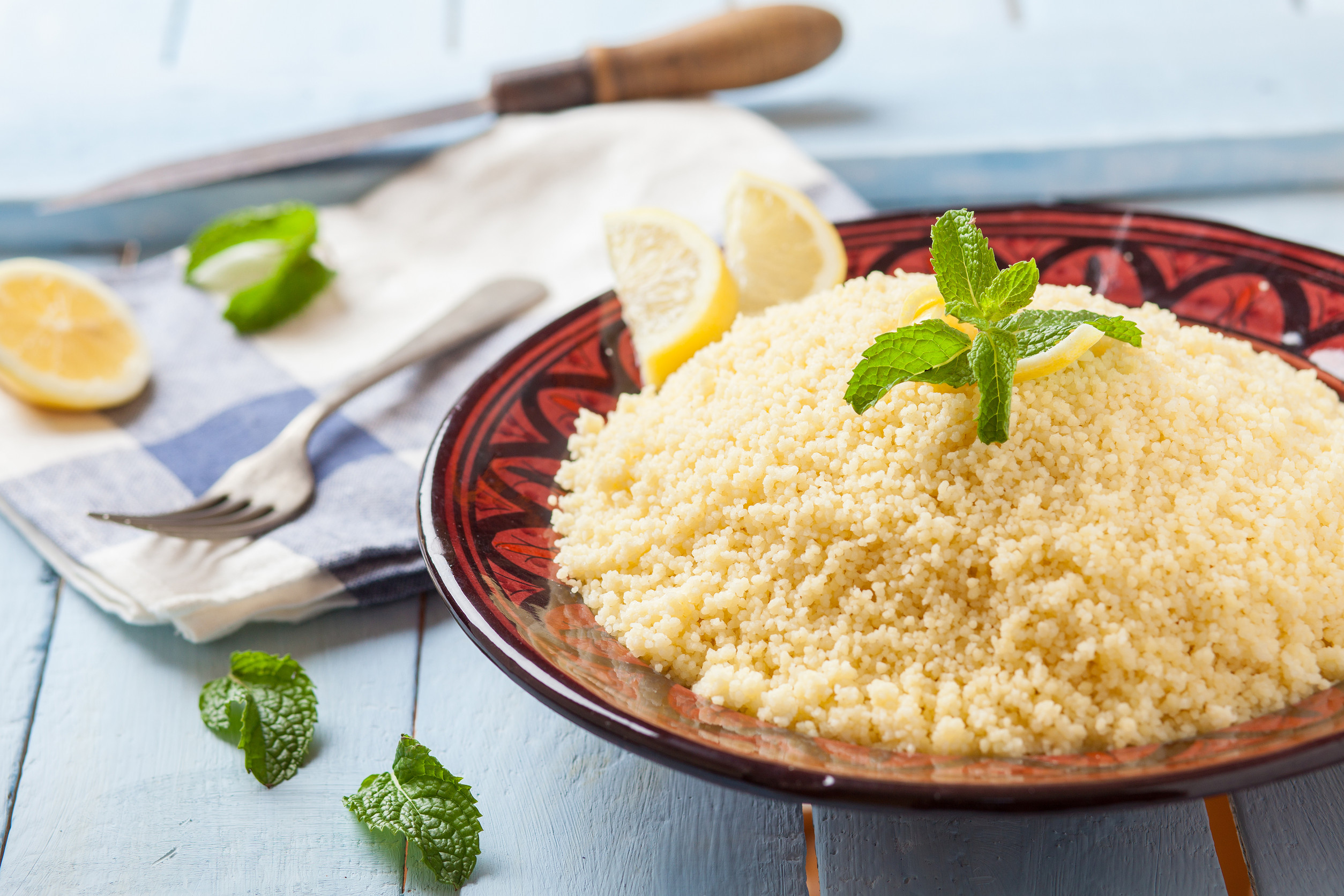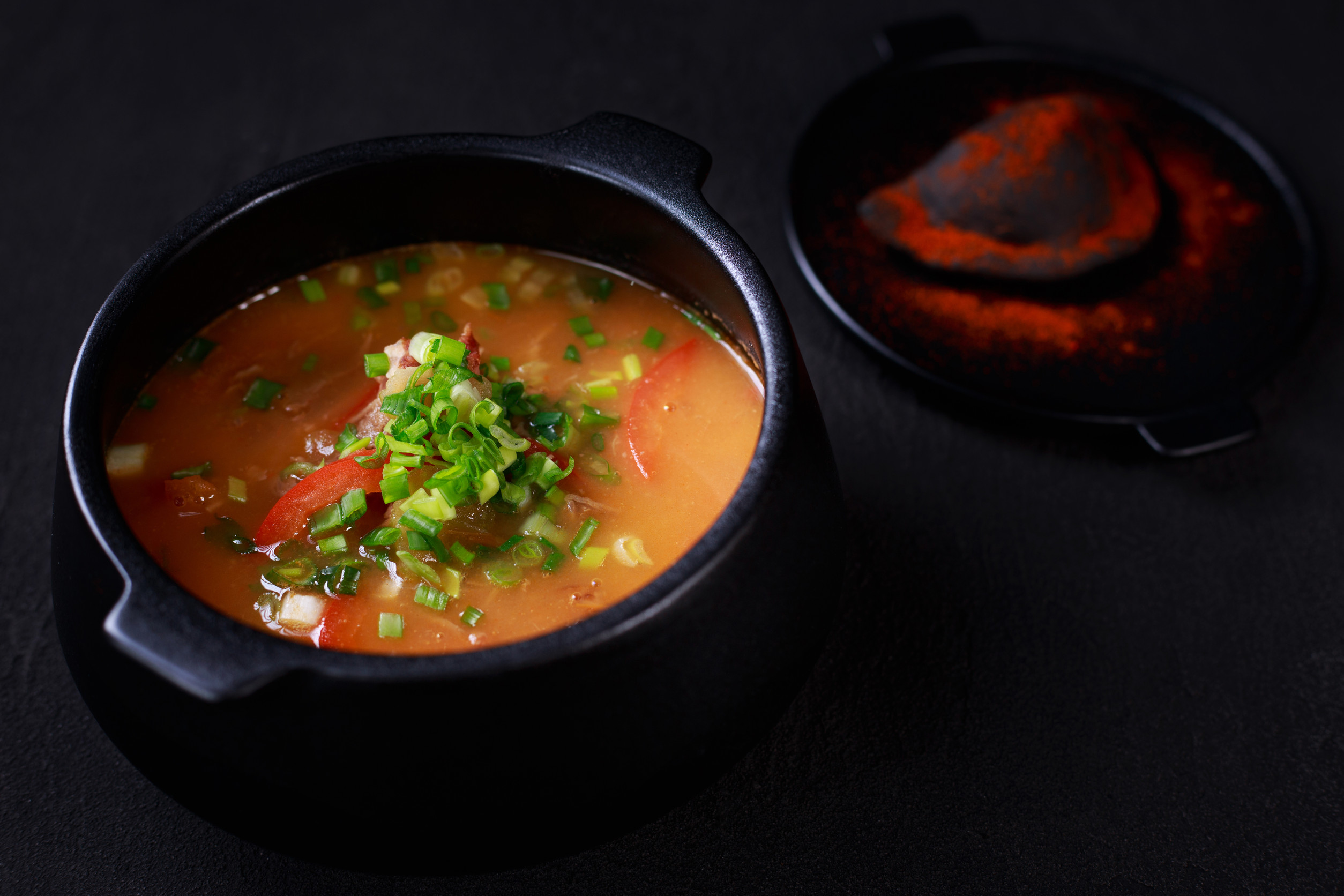
Moroccan cuisine is a feast for the senses, offering bold flavors, aromatic spices, and vibrant colors. The country's culinary traditions reflect its rich cultural heritage, rooted in Berber, Arab, and Mediterranean influences. First-time visitors to Morocco are in for a gastronomic adventure. For first-time visitors to Morocco, must-try dishes include tagine, couscous, pastilla, and mint tea. Explore Moroccan flavors and culture, and remember to apply for your Morocco visa before traveling.
Here are the must-try dishes that should be at the top of your list.

Tagine is the typical Moroccan dish, named after the earthenware pot in which it's prepared by slow cooking. It exists in endless varieties, matching tender meats, vegetables, and spices.
Popular Varieties:
Best Places to Try: Traditional Moroccan homes, street-side eateries, or specialty tagine restaurants.

Couscous is Morocco's national dish that is served on Fridays as a communal meal. It is made from semolina grains, steamed and then usually topped with a mix of vegetables, chickpeas, and meat.
Highlights:
Tip: Although couscous can be consumed with a spoon, it's traditionally molded into small balls with the fingers.

Harira is a heavy soup with tomatoes, lentils, chickpeas, and a combination of spices. This normally comes as an appetizer or light meal but also happens to be more popular during the month of Ramadan.
Pastilla is a unique Moroccan pastry that magically balances sweet and savory flavors. Traditionally made with pigeon meat, though these days it is common to see chicken used, it consists of layers of flaky phyllo dough, spiced meat, almonds, and cinnamon, sprinkled with powdered sugar.
Where to Try: High-end Moroccan restaurants or special occasions such as weddings.
Mechoui is a celebratory dish featuring whole lamb roasted to tender perfection, often seasoned with cumin, salt, and garlic. It's typically served with bread and enjoyed communally.
Pro Tip: Look for traditional mechoui ovens in Marrakech for the most authentic experience.
Zaalouk is a smoky, full-of-flavor salad made from roasted eggplants, tomatoes, garlic, and spices. It can be served as a side dish or appetizer and goes well with freshly baked bread.
Try It With: Pair it with other Moroccan salads, such as taktouka—a bell pepper and tomato salad—for a complete mezze platter.
Serving Tip: Drizzle olive oil on top for an authentic Moroccan touch.
Rfissa is a comforting dish featuring shredded flatbread, lentils, and chicken in a spiced broth richly infused with fenugreek and saffron, among other aromatic spices. It is highly cherished and often served during family gatherings or special occasions.
When to Try: It is traditionally offered to new mothers after childbirth due to its nourishing ingredients.
Serving Tip: Enjoy it hot with a sprinkle of coriander for added flavor
This dessert is the sweet version or a simpler cousin, actually, of the savory pastilla. Phyllo layers are filled with milk pudding, almonds, and orange blossom water, all providing a light, fragrant dessert.
Perfect Pairing: Accompany with Moroccan mint tea to provide an extra pleasant finish to the meal.

While not a meal, no meal of Moroccan food is complete without having a glass of atay - mint tea; this drink is prepared from green tea with fresh mint leaves and sugar is symbolic of hospitality and most significant component of the Moroccan culture. Do not miss the traditional style of pouring wherein tea is poured from a height to give the top a foamy layer.
Morocco's street food scene is vibrant and full of unique flavors. Don't miss these must-try treats:
Where to Try: Explore the bustling medinas in cities like Marrakech and Fes, where street vendors offer some of the most authentic and delicious options.
Sweet treats in Morocco are a testament to how much the country enjoys its sweet flavors. Be sure to try:
Moroccan cuisine is a celebration of flavors and traditions that will leave any first-time visitor craving more. From the iconic tagine to the refreshing mint tea, each dish tells a story of the country’s rich cultural heritage. By trying these must-have dishes, you’ll not only satisfy your taste buds but also gain a deeper appreciation for Morocco’s culinary artistry.
Step1: Complete the online application by entering your passport details.
Step2: Make the payment online using a credit card.
Step3: Check your email for the payment confirmation and receive your e-visa.